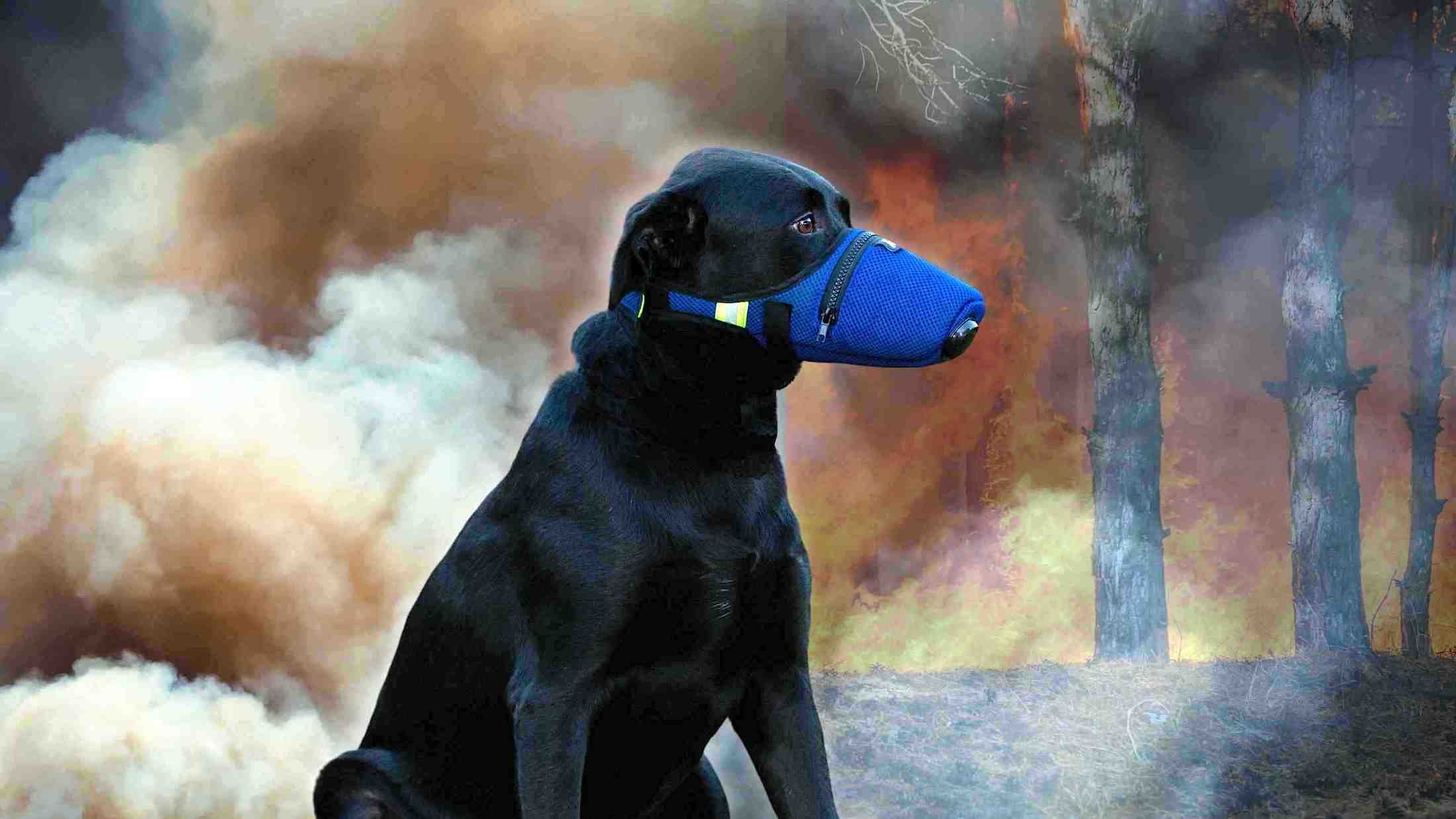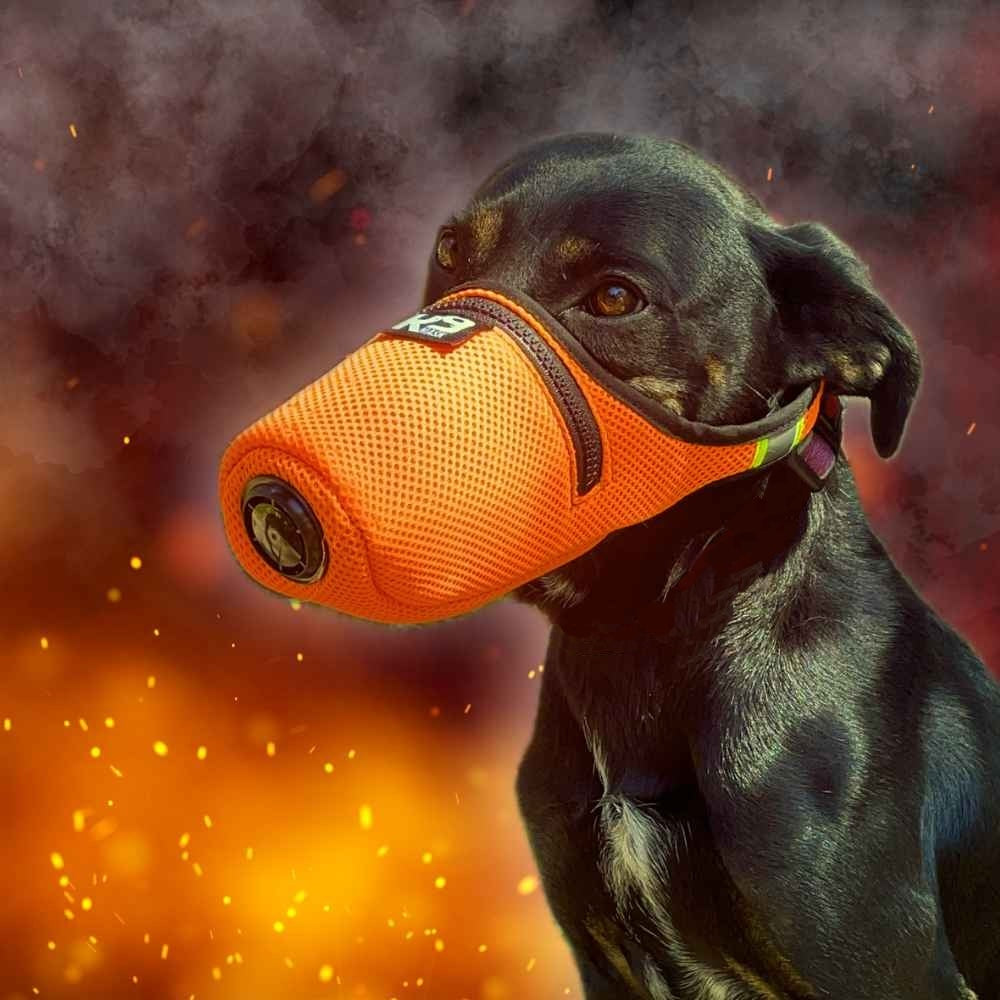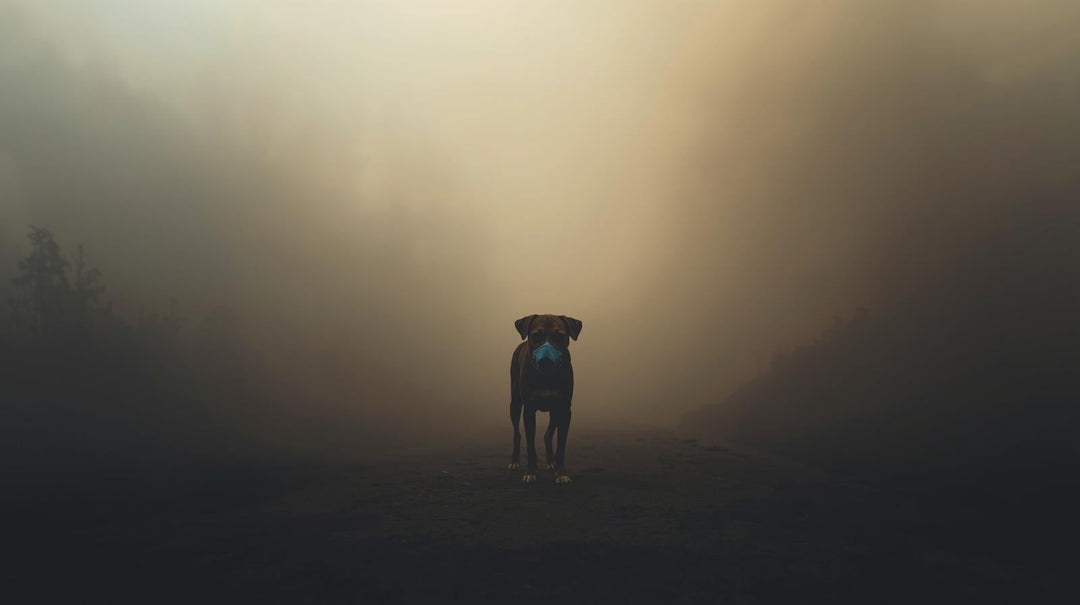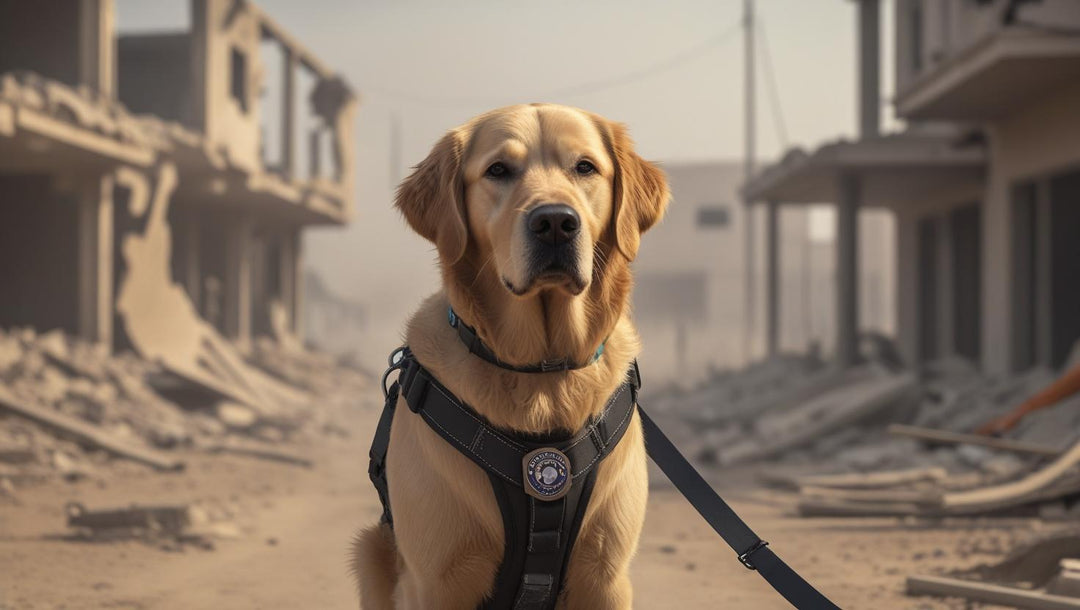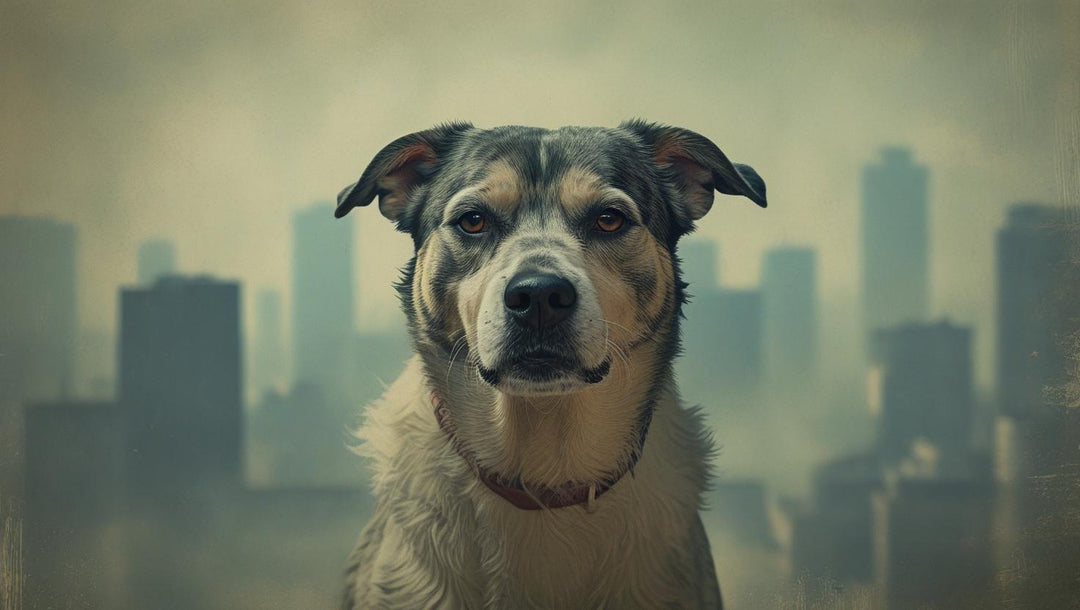Air pollution isn’t just a human health problem—it’s a serious concern for our pets, too. In fact, dogs can be more vulnerable to airborne pollutants like PM2.5 and PM10 particles than humans. These microscopic particles are small enough to penetrate deep into the lungs, and for our canine companions, the danger is amplified by their unique anatomy, breathing patterns, and daily habits.

What Are PM2.5 and PM10 Particles?
PM2.5 refers to particulate matter smaller than 2.5 micrometers in diameter, while PM10 refers to particles up to 10 micrometers in size. For comparison, a human hair is about 70 micrometers thick—meaning PM2.5 particles are nearly 30 times smaller. These particles come from sources like wildfire smoke, vehicle exhaust, dust, industrial emissions, and even pollen.

Why Dogs Are More Vulnerable
1. Smaller Lung Volume, Higher Relative Impact
Dogs have smaller lungs compared to humans, relative to their body size. This means that when they inhale polluted air, the concentration of harmful particles per lung volume can be significantly higher than in humans. In simple terms—less lung space means less room for clean air, and pollutants take up a greater percentage of what’s inhaled.
2. Faster Breathing Rates
On average, a resting human breathes about 12–20 times per minute. Dogs, however, take 15–30 breaths per minute at rest—and much more when active or stressed. During exercise, a dog’s breathing rate can increase up to tenfold, pulling in more air (and potentially more pollutants) at a faster pace.
3. Ground-Level Exposure
Air quality isn’t uniform at every height. PM2.5 and PM10 particles tend to concentrate closer to the ground, especially near vehicle exhaust and dust from roads or sidewalks. Dogs live in that ground-level zone—their noses are often just inches from the surface where pollution is most concentrated.
4. Breathing Through the Nose and Mouth
While humans primarily breathe through the nose (which filters some particles), dogs often breathe through both nose and mouth, especially during activity or heat. This reduces the amount of natural filtration before particles reach the lungs.
Visual Comparison: Human vs. Canine Exposure
Imagine two diagrams side by side:
- Human Diagram: Larger lung capacity, slower breathing rate, nose positioned far above ground level.
- Dog Diagram: Smaller lung capacity, faster breathing rate, nose positioned at ground level with greater exposure to concentrated pollutants.

Health Risks for Dogs from PM2.5 and PM10 Exposure
Prolonged or high-level exposure to these particles can lead to:
- Respiratory inflammation and coughing
- Worsening of asthma or bronchitis
- Eye irritation
- Decreased stamina during exercise
- Long-term lung damage and cardiovascular strain
How to Protect Your Dog
Fortunately, there are steps you can take:
- Check the Air Quality Index (AQI) daily before outdoor activities.
- Avoid outdoor exercise during poor air quality alerts.
- Use a K9 Mask® to filter out harmful particles during smoke events, dust storms, or high-pollution days.
- Keep indoor air clean with HEPA filters and minimize window openings on poor AQI days.

Final Thoughts
Your dog relies on you to make the air they breathe as safe as possible. Understanding why dogs are more vulnerable to PM2.5 and PM10 particles helps you make informed decisions to protect their health. Whether you live in a wildfire-prone area, a bustling city, or anywhere in between, staying proactive about air quality is a vital part of caring for your best friend.





